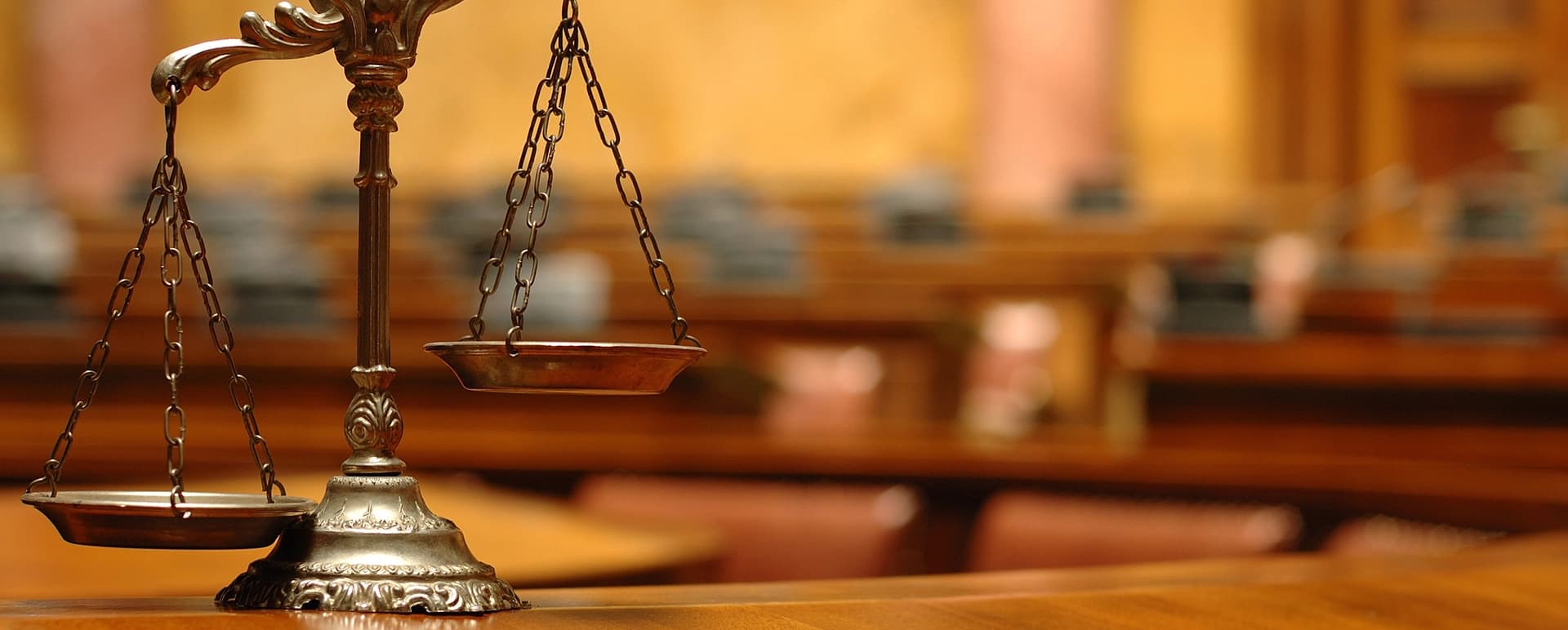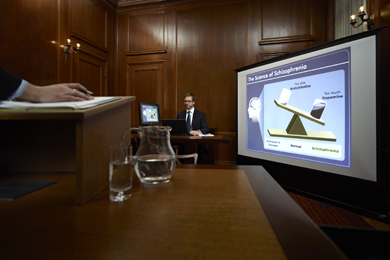Trial Presentation Your Partner for Effective Evidence Demonstration in Court
Trial Presentation Your Partner for Effective Evidence Demonstration in Court
Blog Article
Mesmerize the Jury: Essential Aspects of a Powerful Test Discussion
Necessary elements such as recognizing the target market, crafting a compelling narrative, and mastering spoken and non-verbal interaction are crucial elements of an efficient presentation. As these elements link, they form a natural technique that not just informs but additionally engages jurors on several levels.

Understanding Your Target Market
Comprehending your target market is a critical facet of reliable trial discussion. An effective discussion pivots on the ability to comprehend the demographics, values, and tendencies of jurors. This understanding educates exactly how disagreements are mounted, proof exists, and psychological allures are crafted, making certain that the message reverberates with the jurors on a personal degree.
Research study shows that jurors originated from diverse backgrounds and might have differing levels of comprehending pertaining to lawful procedures (trial presentation). Hence, it is crucial to prevent lawful jargon that could push away or puzzle them. Rather, utilizing clear, relatable language cultivates engagement and understanding. In addition, comprehending the jurors' prospective prejudices and life experiences enables the trial presenter to expect objections and address worries proactively.
Efficient trial discussion also involves observing jurors' reactions throughout the procedures. Involving with jurors as people rather than a collective system is important in fostering a solid link in the courtroom.

Crafting an Engaging Story
Crafting an engaging narrative is vital in directing jurors through the intricacies of a case. A well-structured narrative not just simplifies intricate lawful concepts yet also involves jurors on an emotional degree, making the information much more relatable and memorable.
To attain this, lawyers ought to begin by determining the core message they wish to communicate. This message ought to resonate with the jurors' worths and experiences, promoting a connection that transcends mere realities. The narrative ought to unfold logically, presenting occasions in a clear sequence to stay clear of complication. This chronological strategy can help jurors adhere to the development of events, highlighting reason and impact.
Incorporating human elements-- such as personal tales or narratives-- can even more boost the narrative's impact. These aspects stimulate empathy, permitting jurors to visualize the effects of the case on the real worlds. Additionally, using a consistent style throughout the discussion enhances the primary disagreement, making it much easier for jurors to maintain crucial points.
Ultimately, a compelling story transforms a trial presentation from a mere address of facts into an influential story that astounds the jury, encouraging them to ponder with both reason and emotion.
Using Aesthetic Help
Including aesthetic aids into a test discussion can significantly enhance jurors' comprehension and retention of details. Aesthetic products such as graphes, diagrams, photographs, and video clips can transform complicated legal ideas and evidence right into conveniently absorbable formats. By engaging numerous senses, these help allow jurors to picture the instance's essential elements, making it much easier for them to follow along and grasp detailed information.
Additionally, well-designed aesthetic aids can stress critical points and emphasize partnerships in between various pieces of proof. Timelines can effectively highlight the sequence of events, while annotated pictures can clarify particular information pertinent to the case. This not only aids in understanding yet additionally strengthens the story presented by the lawyer.
Overly intricate or chaotic more tips here visuals might bewilder jurors and take away from the message. Eventually, reliable visual interaction can be an effective tool in convincing jurors and helping them get to notified verdicts.
Mastering Verbal Interaction
Efficient verbal interaction find this is important in a test discussion, as it serves as the main methods with which lawyers communicate their debates and connect with jurors. Understanding this skill involves clearness, persuasion, and interaction. Lawyers have to articulate their points clearly and concisely, preventing legal jargon that might perplex jurors. Simplicity in language cultivates understanding and helps jurors realize complicated concerns presented during the test.
Moreover, tone and pacing substantially impact just how messages are received. A certain tone conveys authority, while suitable pacing permits jurors to take in information without feeling bewildered. Lawyers need to also differ their singing inflections to stress crucial points and maintain jurors' interest throughout the presentation.
In addition, the company of verbal arguments is essential. Structuring the narrative rationally and coherently assists jurors follow the attorney's line of thinking, making it less complicated for them to maintain vital details. Utilizing influential methods, such as narration, can also improve the emotional resonance of the arguments offered, thereby developing a more extensive connection with jurors.
Eventually, mastering verbal communication her latest blog not just strengthens an attorney's instance but also fosters trust fund and rapport with the jury, significantly boosting the opportunities of a positive decision.

Engaging With Body Movement
Nonverbal interaction plays a vital duty in trial presentations, often conveying messages that words alone can not share. Body language, including motions, position, face expressions, and eye get in touch with, considerably affects just how jurors view the integrity and sincerity of the speaker. A positive stance, with shoulders back and an open stance, can impart trust fund, while closed-off body language might recommend defensiveness or unpredictability.

Face expressions should reflect the emotions linked with the situation, strengthening the story existing. As an example, an honest expression during a poignant minute can evoke empathy and reinforce the sob story. Ultimately, understanding body movement is crucial for reliable trial presentations, as it improves verbal communication and develops an engaging presence that reverberates with the jury.
Conclusion
To conclude, mesmerizing the court necessitates a strategic strategy that includes understanding the target market, crafting a compelling story, utilizing visual aids, understanding verbal interaction, and engaging with body language. Each aspect plays a vital role in creating a powerful test presentation that reverberates with jurors on both psychological and intellectual levels (trial presentation). By incorporating these components effectively, lawful professionals can dramatically enhance their capability to encourage and influence jury decision-making
Report this page